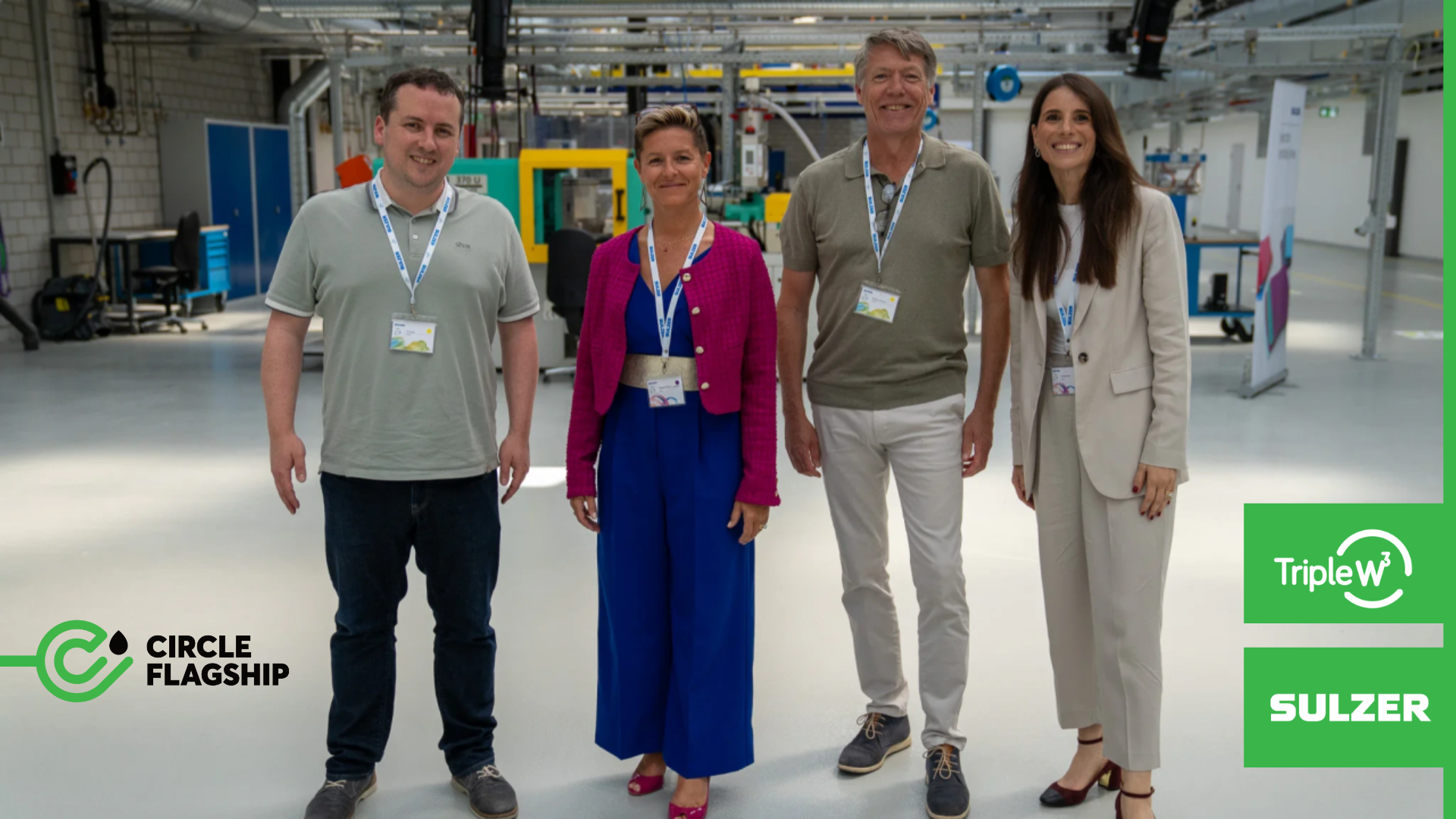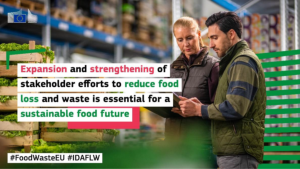September 2, 2025
TripleW, a pioneer in circular chemistry, announces the launch of the world’s first commercial PLA (polylactic acid) bioplastic made entirely from food waste. This global breakthrough marks a new era in sustainable innovation, transforming discarded food into high-value bioplastics that fully support a circular economy.
This milestone is the result of a collaboration between TripleW and Sulzer within the CBE JU funded CIRCLE consortium. The new PLA is produced from food industry side streams, such as bakery processing rejects and expired logistic returns, significantly reducing the sector’s ecological footprint. By valorizing these underutilized waste streams, TripleW technology opens the door for massive-scale production of circular, high-demand materials.
The PLA made from food waste is now used to produce fabrics, beauty tools and cosmetics packaging by the consortium partners and global companies. The CIRCLE consortium, supported by the Circular Bio-based Europe Joint Undertaking (CBE JU), aims to establish a fully integrated value chain for the production of biochemicals from food waste. The project brings together industrial partners to develop and scale up innovative technologies that convert food residues into high-performance, drop-in bio-based materials.
PLA bioplastics are already used in a wide range of sectors: from food and beverage packaging and reusable tableware to textile fibers for fabrics, 3D printing filament, and even medical applications. Thanks to TripleW’s technology, these products can now be made from PLA derived entirely from food waste reducing reliance on fossil-based feedstocks and helping to combat food waste.
“This launch is a critical step towards increased bioplastic adoption in consumer branded products, TripleW is excited to supply the materials needed for the transition to a truly circular economy” said Tal Shapira, CEO of TripleW. “We are proud of our collaboration with Sulzer demonstrating the growth of highly scalable circular materials together with great partners.”
“Supporting TripleW in the validation and scale-up of their lactic acid produced from food waste into PLA represents a unique milestone in PLA development history. We believe that the industry will benefit greatly from utilizing various feedstocks for biopolymers and we look forward for the implementation of this process at greater scale,” says Virginie Bellière-Baca, Global Head Technology & Innovation at Sulzer.
By using food waste as a feedstock, TripleW delivers a true first for the bioplastics industry: a fully circular raw material with the potential to drastically reduce dependence on fossil fuels. PLA’s cradle-to-grave CO₂ emissions can be up to 75% lower than those of conventional fossil-based plastics and without compromising on excellent properties for its various applications. This innovation proves that food industry waste can be used effectively as replacement to fossil based materials. It reinforces TripleW’s position as a frontrunner in circular chemistry, demonstrating that sustainability and industrial scale can go hand in hand.




